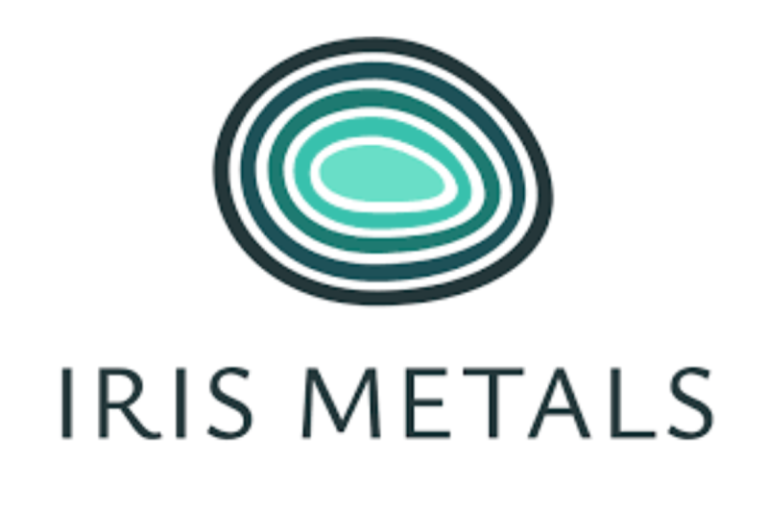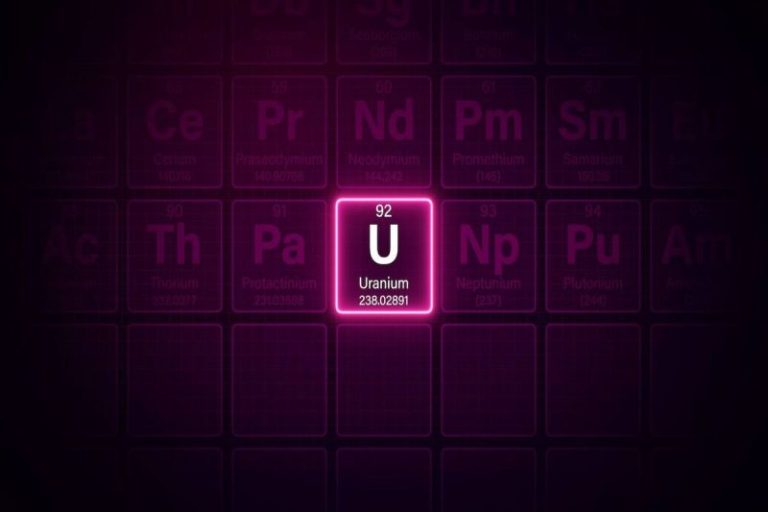After a year marked by policy changes and trade uncertainty, experts are calling for cleantech investment to be dominated by artificial intelligence (AI) energy demand in the first quarter of 2026.
The COP30 conference, held in Belém, Brazil, this past November, was marked by cautious optimism and a bias toward action, despite global sustainability commitments seeming to slow.
The shift to net zero is recognized as a complex, regional effort — fossil-rich economies must prioritize carbon capture and lower-emitting fuels like hydrogen and geothermal, while others focus on renewables.
In the US, renewables will maintain momentum in the face of grid overcapacity, with targeted government funding for nuclear and fusion; however, policy headwinds may persist for areas like wind, solar and electric vehicles (EVs).
AI’s energy demand boost
The energy investment landscape is being fundamentally reshaped by AI energy demand, with Bain & Co. projecting that data centers will consume 9 percent of US electricity by 2030.
Analysts are eyeing this trend, with CFRA Research placing “buy” ratings on many companies held in utilities exchange-traded funds. It notes that some benefit from power agreements for AI-linked data centers.
The American Clean Power Association projects that 2025 will set a full-year record for combined clean energy deployments, despite US policy headwinds that sparked concerns about a sector contraction at the start of the year. Solar and storage capacity made up around 85 percent of new power capacity added to the US electricity grid from January to September 2025, according to a report from the Solar Energy Industries Association and Wood Mackenzie.
A separate analysis by energy think tank Ember reveals that global solar and wind power generation surpassed electricity demand in the first half of this year, generating more power than coal for the first time.
The report also show solar generation grew by a record 31 percent in H1, and wind by 7.7 percent.
The US Energy Information Administration now forecasts that renewables will climb to about 27 percent of US energy generation by 2026, up from 23 percent in 2024.
The clean AI investment surge
Meanwhile, startups are racing to make infrastructure smarter and faster to build with the help of AI.
Emerald AI, which uses smart software to manage a cleaner, more flexible grid and ease data center strain, announced its first commercial deployment alongside US$18 million in new seed funding, while Infravision, a company that uses drones to string transmission lines more efficiently, raised US$91 million in a Series B round to scale globally.
AI is also accelerating cleantech breakthroughs, as highlighted by the CleanAI Initiative’s report on AI’s growing role in climate solutions. It shows energy and power technologies garnered more than half of total clean AI investments.
The sector is seen as a critical, multi-layered investment opportunity tied to sustainability and technology leadership in multitrillion-dollar markets; however, key challenges to its growth include the high energy consumption of AI technologies themselves and a lack of combined expertise in both AI and climate science.
Billions in private investment have helped sustain the cleantech sector.
Experts Jason Bordoff and Jack Andreasen Cavanaugh argue that corporate funding will help boost energy transition, citing power purchase agreements and other financial commitments by Big Tech companies such as Alphabet (NASDAQ:GOOGL), Meta Platforms (NASDAQ:META), Microsoft (NASDAQ:MSFT) and Amazon (NASDAQ:AMZN).
NextEra Energy’s (NYSE:NEE) landmark Q4 deals with Alphabet and Meta to power their AI data centers are prime examples of this trend. The Florida-based company will supply clean energy capacity through 11 power purchase and two energy storage deals, with projects expected to become operational between 2026 and 2028. NextEra is also collaborating with Google Cloud to develop three US data center campuses.
However, this transformative period carries significant risks: if the AI boom proves to be a bubble that bursts, energy investment could swiftly vanish, leading to billions in stranded assets.
As China solidifies its dominance in clean energy manufacturing, the question remains whether the US administration’s efforts to expand nuclear and geothermal power can successfully challenge China’s current leadership, as Beijing also accelerates its own nuclear buildout and eyes global reactor exports.
Nuclear and geothermal gaining traction
Nuclear and geothermal are gaining traction as promising solutions for AI and data center reliability in 2026, attracting enterprise and policy support as other clean energy initiatives and incentives are pulled back.
The Department of Energy formally released its Fusion Science and Technology Roadmap in Q4, outlining a strategy to accelerate commercial fusion by the mid-2030s. Separately, the department announced it will award up to US$800 million in cost-shared funding to advance small modular reactor projects.
Startups are accelerating too, with Antares raising US$96 million for mid-2026 microreactor tests, while Radiant Nuclear is planning a US$280 million factory in Tennessee targeting 2028 deliveries. Under the leadership of CEO Bob Mumgaard, Commonwealth Fusion Systems is transitioning fusion energy from the realm of research to practical power generation. The company is currently building sites for its commercial fusion plants and is utilizing a partnership with Google DeepMind, focused on AI, to speed up the development of its fusion technology.
Geothermal is scaling, too, with some investors turning their attention to even more ambitious high-temperature projects. Mazama Energy, a startup backed by billionaire businessman Vinod Khosla, is developing a geothermal project at Newberry, one of the largest and most active volcanoes. If successful, this could be a top global geothermal site, supplying electricity to local homes and businesses starting next year.
Endeavors like these are viewed by enthusiasts as a potential catalyst for a new era of geothermal power.
“Geothermal has been mostly inconsequential,” Khosla told the Washington Post.
“To do consequential geothermal that matters at the scale of tens or hundreds of gigawatts for the country, and many times that globally, you really need to solve these high temperatures.”
Another notable example is Zanskar Geothermal and Minerals, which precisely located a deep geothermal reservoir using AI, effectively lowering the exploration and drilling costs of its Big Blind geothermal system. The company is seeking permits to develop Big Blind, aiming to supply power by the end of the decade.
EV localization and self-driving options
Looking ahead, robotaxis are gaining traction in the EV market, with growing fleets operating in multiple cities.
Alphabet’s Waymo is the most aggressive company in this space, currently offering driverless rides in five cities with plans to expand in 2026. Other key players are actively engaged in various testing stages.
Both Uber Technologies (NYSE:UBER) and Lyft (NASDAQ:LYFT) are incorporating Waymo and other robotaxi services into their platforms, and Uber is adding robotaxis to its platform in Dallas, Texas, through a partnership with Avride, using autonomous Hyundai (KRX:005380,OTC Pink:HYMTF) Ioniq 5s that will initially include a safety operator.
Amazon’s self-driving robotaxi subsidiary, Zoox, expects to start charging passengers for rides in Las Vegas in early 2026, with paid rides in the San Francisco Bay Area coming later next year; however, the move depends on obtaining federal regulatory and state approvals. Tesla (NASDAQ:TSLA), led by CEO Elon Musk, is operating smaller, monitored robotaxi fleets in Austin and San Francisco, with Phoenix anticipated to be the next market for a major expansion.
Meanwhile, self-driving truck startup Waabi, a Canadian company with backing from Uber and NVIDIA (NASDAQ:NVDA), launched its new autonomous truck developed with Volvo (STO:VOLV-A,OTC Pink:VLVCY).
Investor takeaway
As the cleantech market navigates this transformative period, its long-term success will hinge on strategic investments that successfully balance immense AI energy demands with the imperative of avoiding a stranded-asset bubble.
Sector participants will also need to track country-level developments. In the US, Senator Ruben Gallego’s (D-Ariz.) energy plan prioritizes affordability over climate primacy, calling for reinstated clean tax credits, small modular reactor R&D funding, transmission exemptions and zero-carbon sources alongside oil/gas with clean timelines.
Meanwhile, Canada’s 2025 budget includes a C$2 billion cleantech fund, and the EU’s Carbon Border Adjustment Mechanism pressures imports, favoring compliant North American projects that blend reliability with decarbonization.
Securities Disclosure: I, Meagen Seatter, hold no direct investment interest in any company mentioned in this article.










